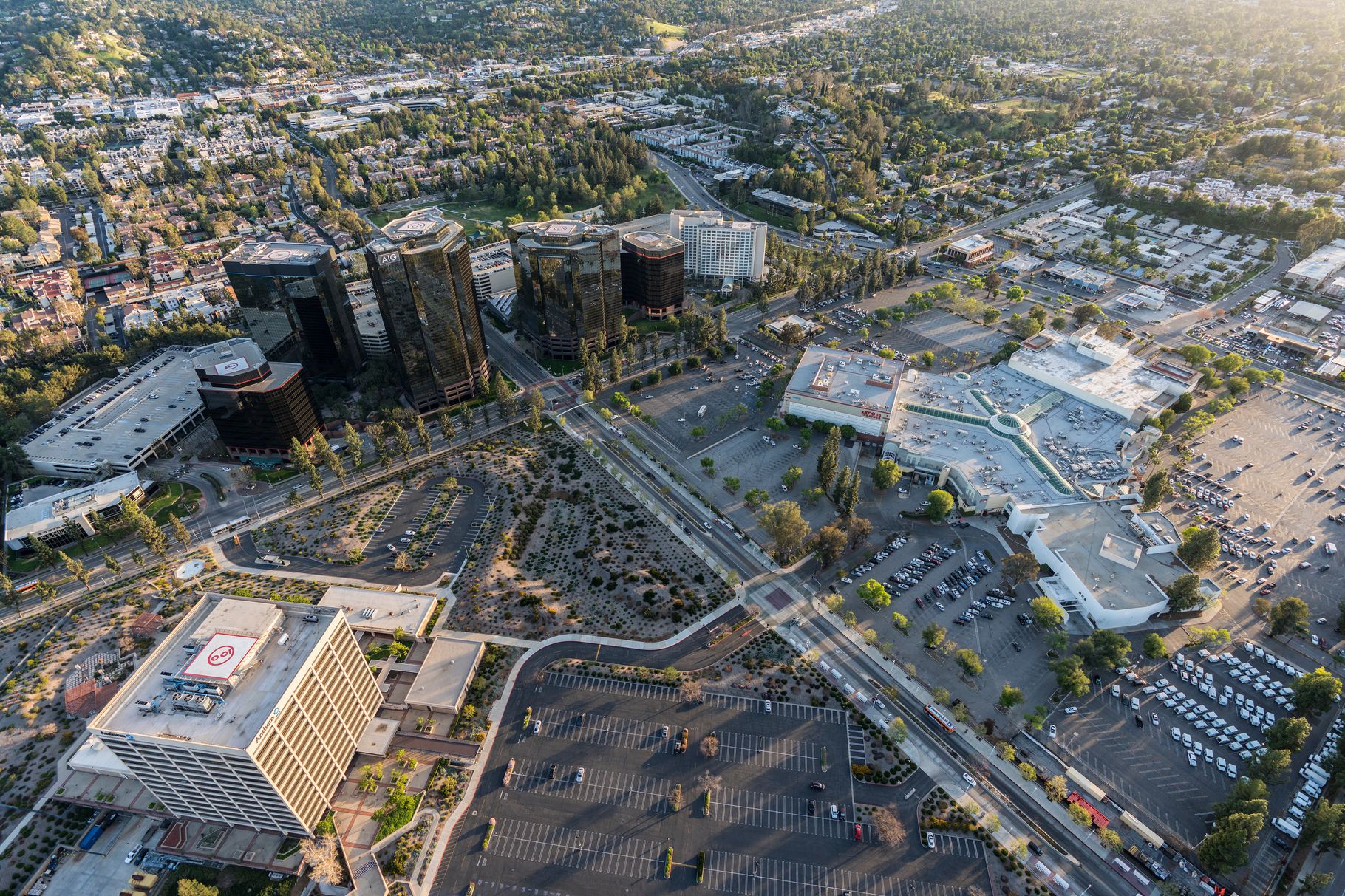Average rental prices went up 33 percent in five years
As rental prices soar in the area, Los Angeles officials are mulling new affordable housing requirements in Warner Center.
Last week, the City Council asked planning staffers to consider adding new incentives and development requirements to a community plan for the area in order to spur construction of new affordable housing.
A key economic hub in the San Fernando Valley, Warner Center has attracted plenty of attention from developers in recent years. Proposed projects like a massive mixed-use overhaul of the Promenade Mall and a similarly enormous transformation of the Werner Center Corporateare poised to further transform the neighborhood.
But affordable housing in the area is scarce. According to CoStar, the price of an average apartment in the Woodland Hills sub-market—which includes Warner Center—now stands at $2,200 per month.
That’s nearly 6 percent above the price recorded a year ago and about $350 higher than the Los Angeles-wide average. Over the past five years, rents in the area have spiked almost 33 percent—compared to 23 percent across all of LA, CoStar figures show.
CoStar analyst Stephen Basham said that its partly a supply and demand issue. Planned development projects may have attracted interest from residents and investors, but they haven’t actually produced any new housing yet. And though some units are now under construction, Basham says it has been three years since the last new apartments opened in the area.
City Councilmember Bob Blumenfield, who represents Warner Center, suggests that the city needs to do more to ensure the area remains affordable to “teachers, nurses, and first responders.”
Jake Flynn, communications director for Blumenfield, tells Curbed that the councilmember is acutely aware of high housing costs and shrinking options for low- and moderate-income tenants.
“After years of seeing nearly all luxury housing coming into the area, it became apparent that more needed to be done,” Flynn wrote in an email.
Five years ago, city officials approved the Warne Center 2035 plan aimed at guiding the area’s future growth as a center of both jobs and housing. The extensive plan covers everything from design elements of new buildings to the installation of street lights, but contains no provision requiring or even encouraging development of affordable housing.
That could change now that city officials have new tools at their disposal to address an affordability concernsacross LA.
In December, the City Council approved new fees on developersthat will subsidize affordable housing construction. New incentives for projects near transit that include housing for lower-income tenants could also encourage affordable development around major bus routes in the area.
Flynn says that another policy planner will consider for the area is inclusionary zoning, a tool that allows city officials to require certain percentages of affordable housing in new market rate projects. A 2009 court decision invalidated the LA’s existing inclusionary zoning rules, but state lawmakers approved a workaround last year allowing California cities to enforce such policies once more.
Right now, the eastern part of Westlake is the only part of Los Angeles with inclusionary zoning rules in effect, but the list of neighborhoods could grow as planners work to update all 35 of the city’s community plans.
Flynn points out that affordable housing may also be a key part of making Warner Center a more sustainable neighborhood. That’s a key component of the 2035 plan, but, as Flynn writes, “it is hard to defend [sustainability goals] when many of the workers in the area must travel many miles or on multiple buses to work.”
Planning staff will report back to the council at a later date with recommendations on how to address affordability in the area.





